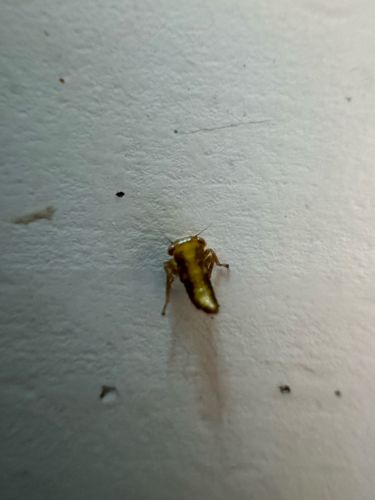Leafhopper
Scientific Name: Cicadellidae (family)
Order & Family: Order: Hemiptera, Family: Cicadellidae
Size: Typically 2 mm to 15 mm in length, though most common species are between 3-6 mm.

Natural Habitat
Leafhoppers are widely distributed and can be found in a variety of habitats where their host plants grow, including gardens, agricultural fields, forests, grasslands, and wetlands. They are commonly found on the leaves of plants.
Diet & Feeding
Leafhoppers are phytophagous, meaning they feed on plant sap. They use their piercing-sucking mouthparts to extract sap from the phloem or xylem of various plants, including trees, shrubs, and herbaceous plants.
Behavior Patterns
Leafhoppers are active insects, often jumping or flying quickly when disturbed. They are typically found on the undersides of leaves where they feed. Many species are known for their ability to transmit plant diseases as they move from plant to plant.
Risks & Benefits
Risks: Leafhoppers can be significant agricultural pests, causing direct damage to plants by feeding, leading to stunted growth, wilting, or yellowing leaves. More importantly, many species are vectors for plant diseases (e.g., viruses, phytoplasmas, bacteria), which can cause severe crop losses. Benefits: In certain ecosystems, leafhoppers can serve as a food source for predatory insects, spiders, and birds, contributing to the food web.
Identified on: 8/11/2025